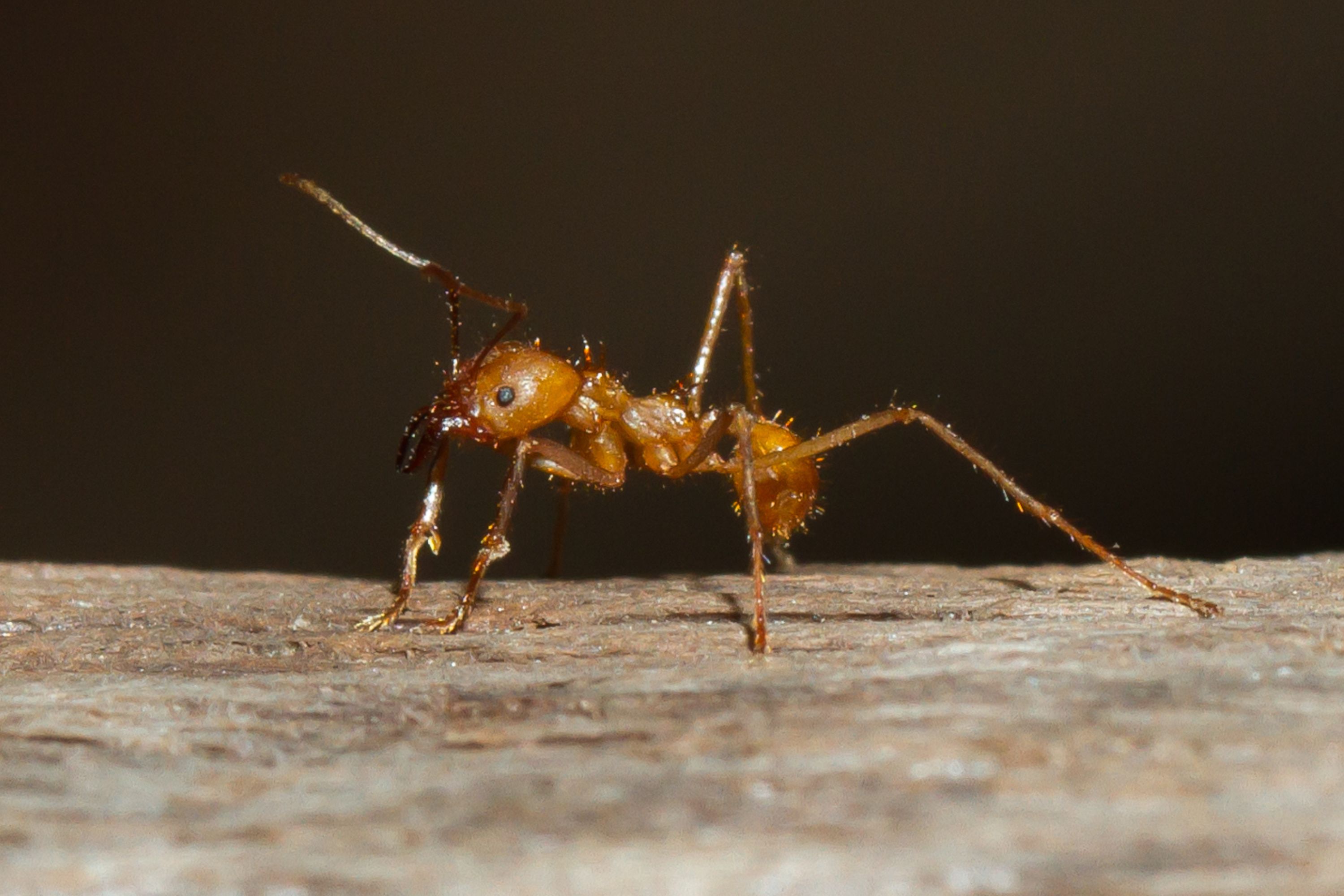Acromyrmex octospinosus
(Acromyrmex octospinosus)

Description
Acromyrmex octospinosus is a species of New World ants of the subfamily Myrmicinae of the genus Acromyrmex. It is found in the wild naturally in Central America ranging from southern Mexico down to Panama; and across northern South America in Venezuela. Foundresses of the leaf-cutting ant Acromyrmex octospinosus forage for leaves as garden substrate (semi-claustral foundation). The fungal pellet and substrate usually are attached to rootlets, which are used as a platform for the garden. This arrangement keeps the garden suspended away from the earthen chamber of the underground nest during early colony growth, and it serves to minimize contact between the garden and contaminants. A. octospinosus foundresses produce from 3 to 7 workers in 2.7 months after founding the nest, but workers do not forage for substrate at this time. Incipient nests died or were abandoned at a monthly rate of about 50%. The ants routinely clean their legs before manipulating the garden substrate. The foundresses use their fore-legs to rub the surface of the metapleural gland, and they then use typical grooming behaviors to pass the forelegs through the mouthparts, after which the ant then licks the garden substrate. Similarly, ants apparently use their mouths to transfer fecal droplets to their legs. These grooming behaviors are prophylactic behaviors that may help the foundress maintain a hygienic garden. Acromyrmex is a genus of New World ants of the subfamily Myrmicinae. This genus is found in South America and parts of Central America and the Caribbean Islands, and contains 33 known species. Commonly known as "leafcutter ants" they comprise one of the two genera of advanced attines within the tribe Attini, along with Atta. Acromyrmex species' hard outer covering, the exoskeleton or cuticle, functions as armour, protection against dangerous solar waves, an attachment base for internal muscles, and to prevent water loss. It is divided into three main parts; the head, thorax, and abdomen. A small segment between the thorax and abdomen, the petiole, is split into two nodes in Acromyrmex species. The antennae are the most important sense organs Acromyrmex species possess, and are jointed so the ant can extend them forward to investigate an object. It can retract them back over its head when in a dangerous situation, for example, a fight. Acromyrmex species have eyes, but their eyesight is very poor.
Taxonomic tree:







